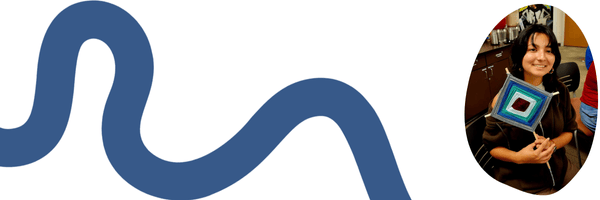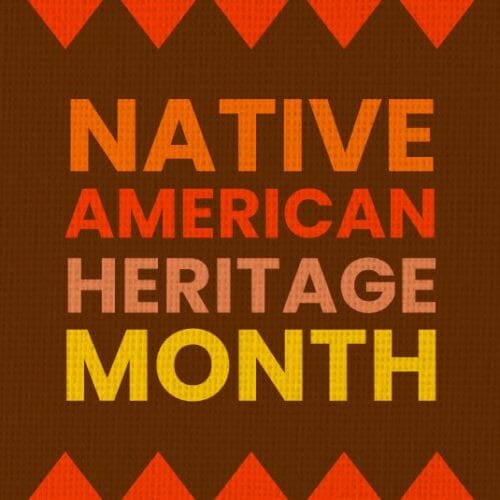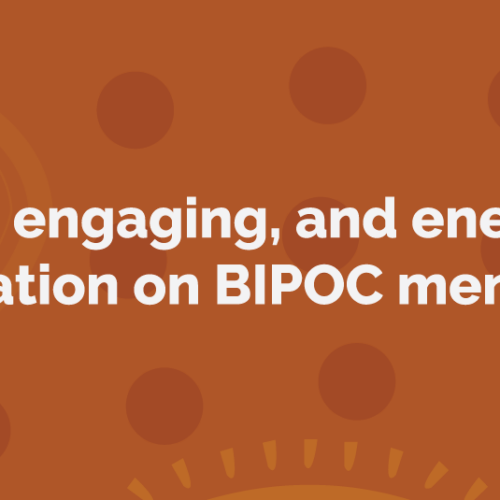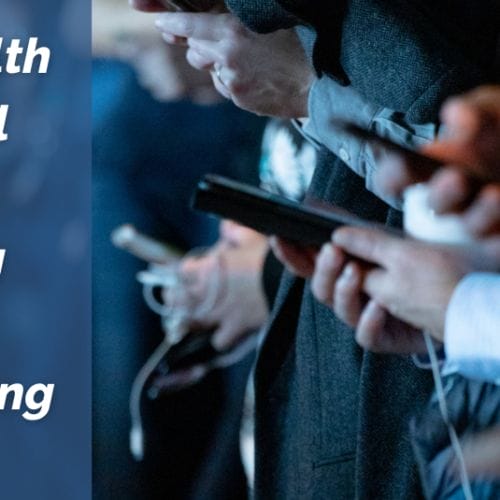As a young woman of color, I’ve learned that culture isn’t just about remembering where we come from; it’s about keeping those memories alive through movement, creativity, and community. My connection to my heritage has always been strongest when I’m dancing or creating art with my hands. For me, both Mexican folklórico dancing and the Ojo de Dios, or “Eye of God,” are expressions of resilience, faith, and identity.
When I first started dancing in middle school, it was the first time I truly felt something. I was never athletic or into sports, and ballet wasn’t something I could afford or felt drawn to. But when I discovered ballet folklórico, something clicked. The colorful skirts, the rhythmic steps, the music that echoed through each performance… they all carried stories that words alone could never tell. It felt like it was made for me because it came from my background. Each dance was like learning about myself, a form of finding myself within movement, color, and community.
Although folklórico dancing is often associated with Mexican culture, it has deep Indigenous roots that connect traditions across the Southwest. In my home state, it’s more than performance — it’s storytelling. It’s a living archive of our community’s survival, celebration, and adaptation. And for me, it has become a form of mental health care, a way to express emotions I was never taught to name.
Each dance is a history lesson in motion. The way we move our feet, the way the ribbons or scarves flow, even the designs of our clothing, they all have meaning. Through dancing, I’ve learned patience, discipline, and pride in who I am. I’ve also learned that joy is a form of resistance. For Native and Indigenous people, simply existing in our traditions — smiling, dancing, singing — is an act of defiance against centuries that tried to silence us.
The Ojo de Dios holds a similar kind of power. I grew up seeing them everywhere, hanging on doors, walls, and altars in the homes of my tías, tíos, and family friends, without ever really knowing what they meant. Traditionally made by the Huichol and Tepehuán people of Mexico, the Ojo de Dios represents the four elements and the ability to see and understand what is unseen. In my community, creating one is a small act of love and intention.

Each layer of yarn represents a loved one, the outer layer is often a male figure, maybe a cousin who loves tomatoes, symbolized by red for his strength and the joy he brings to your life. The next layer might be blue, for my grandmother’s eyes and her kindness, or green, for the growth we hope to nurture within ourselves and our community. As the threads cross, they form a pattern that feels sacred, a woven reflection of connection, gratitude, and balance.
Making an Ojo de Dios is also an act of mindfulness. Every turn of the yarn feels like a prayer, a grounding in the present. In my culture, we don’t often talk about emotions or go to counseling. Healing isn’t spoken; it’s lived. It happens through tradition, through family, through showing up for one another even when words fail. When I create or dance, silence becomes expression. I don’t need to explain what I feel, it’s already there in the rhythm, in the colors, in the movement. That is my form of counseling.
And while I believe our communities deserve access to real mental health support in the future, I also believe we need to meet people where they are. For many of us, healing happens in these spaces, through art, movement, and shared culture, because that’s where we feel seen, comfortable, and whole.
To me, mental health and culture aren’t separate — they sustain each other. The Ojo de Dios teaches patience; dancing teaches courage. Both remind me that wellness comes from remembering who you are.
This Native American Heritage Month, I hope others find strength in their own cultural roots — whether through art, language, music, or movement. Because when we honor where we come from, we begin to heal where we are.








